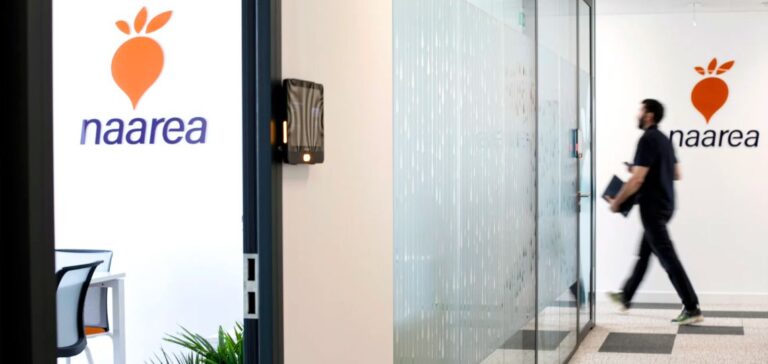French microreactor specialist Naarea is partnering with Phoenix Manufacture to structure the industrialization of its XAMR (eXtra Advanced Molten Salt MicroReactor). This recently announced collaboration aims to integrate critical stages of design, prototyping, first-of-a-kind (FOAK) manufacturing, and mass production, leveraging cutting-edge technologies like 3D printing.
Phoenix Manufacture, based in Niort, France, is renowned for its expertise in precision engineering and the design of mechanical systems in sectors such as defense, nuclear, aerospace, and robotics. Through this partnership, the two companies also plan to establish a joint facility with specially designed installations for processing and recycling used materials.
A collaboration structured into five phases
The project is built around five key phases extending through 2032. The first phase focuses on validating raw materials and assessing the feasibility of parts designed by Naarea for additive manufacturing. This will be followed by the prototyping of microreactor components before moving to series production, including parts needed for the FOAK.
Subsequent steps will include scaling up production capacity and pooling the resources and expertise of both partners. A particular effort will be made to study recycling solutions for production waste and used components, aligning with the nuclear sector’s environmental objectives.
A strategically designed microreactor
The XAMR, a fast neutron molten salt reactor, stands out due to its compact size and autonomy. Naarea presents it as a solution suitable for applications in fields such as transportation, agriculture, and smart buildings. Capable of generating up to 80 MWth (40 MWe), the XAMR could be deployed in remote or off-grid areas, enabling a targeted response to energy demand.
According to Jean-Luc Alexandre, founder and CEO of Naarea, the integration of 3D printing plays a central role in the company’s vision. This technology would not only reduce production costs and assembly requirements but also ensure continuous quality control throughout the manufacturing process.
A strategic partnership for French reindustrialization
Marco Calcamuggi, CEO and co-founder of Phoenix Manufacture, views this project as an opportunity to place French innovation at the heart of reindustrialization. The disruptive use of 3D printing, particularly in the nuclear sector, represents a transformative lever for the industry.
Meanwhile, Naarea continues to diversify the applications of its energy solutions. Through a recent partnership with QGEMS, an advanced energy management platform, the company aims to optimize the production and distribution of its reactor for broader use cases, including data centers and isolated territories.
The first XAMR units are expected to be produced by 2030, reinforcing Naarea’s ambition to address global energy challenges while solidifying its position among the sector’s innovators.






















